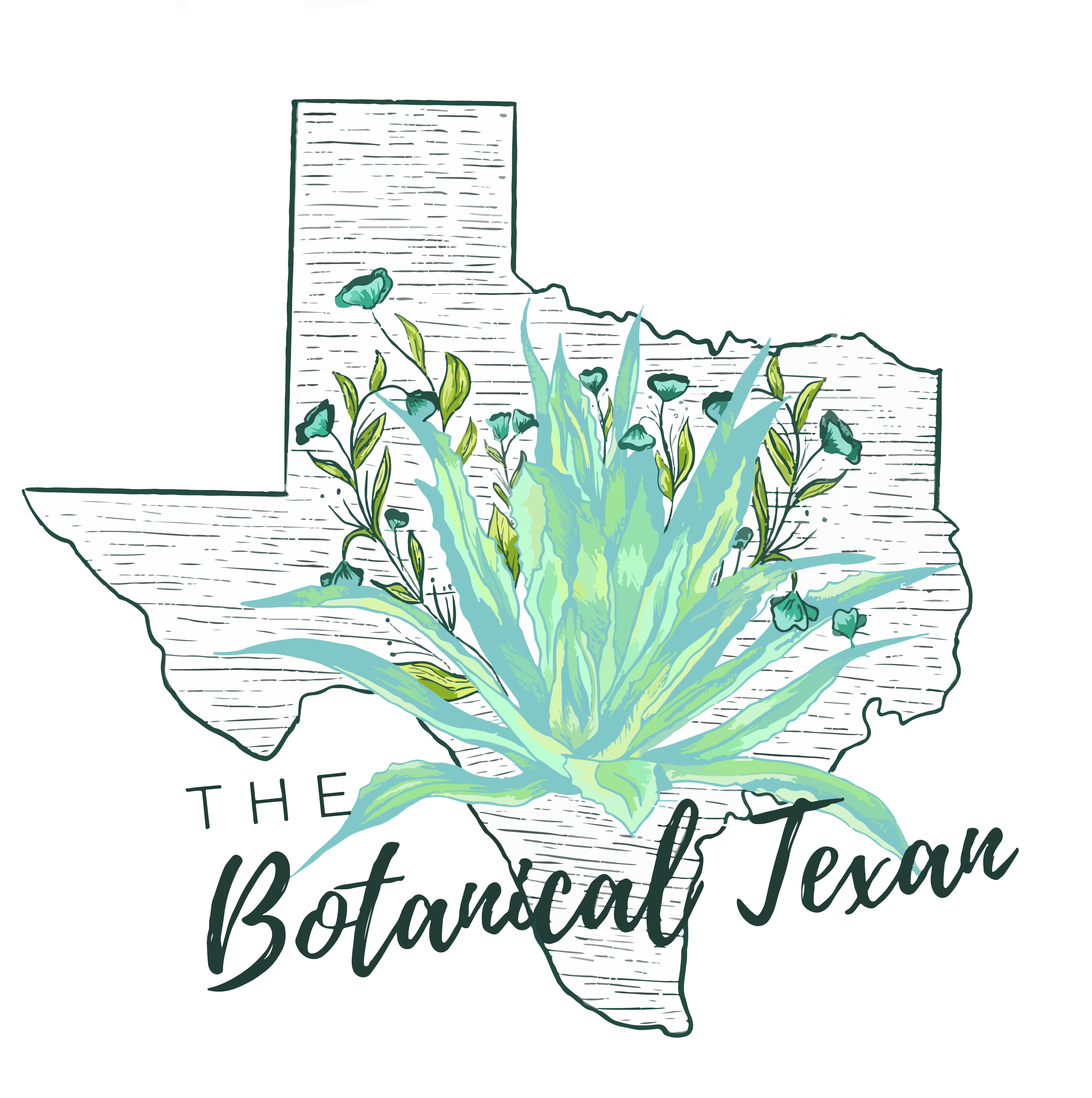
Ok, hands down the hardest part of being a plant parent for me has been understanding what light certain plants need & what that light actually looks like! I mean, how many times have you gone to Home Depot, and seen “Bright, Indirect Light” on a tag and wondered “What even is that”. You can’t see me, but I’m raising my hand as being very guilty to this thought. Additionally, I often wonder how much I can push a plant to survive in a lighting condition that just isn’t perfect for them. Well, since I’ve struggled & lost many plants along the way, I wanted to write a house plant lighting guide to help you assess this lighting conditions your plant needs!
Types of light
When it comes to light from a window, there are 4 types of light conditions that can be present:
Bright, Direct Light
Bright, Direct light typically comes from a South facing window. This will be light that is directly in front of a window. This condition will get over 8+ hours of sunlight each day! Honestly, I haven’t seen a ton of house plants that directly say that they want direct sunlight. However, this type of lighting condition can be ideal in the winter when sunlight is weaker.
Bright, Indirect Light
Bright, Indirect light is light that is relatively close to a window and receives sun for about half the day. You can turn direct light, into a filtered indirect light by using a sheer curtain or blinds.
Medium Light
The medium-light level is the light that is farther back from a window, in front of a window with no direct sunlight, or in the corners of a sunny room. This type of lighting situation is generally receiving sun for half the day at a lower intensity than bright light.
Low Light
Finally, my apartment’s lighting conditions: Low Light. This is light that is found at the back of a room with windows that receive no direct sun or a very limited amount of sunlight (less than 4 hours). I personally place a lot of plants in low light, that really don’t thrive in it. How I combat this, is I will allow my plants to “sunbathe” every so often. This means that I take them to a brighter light condition and let them sit there, before returning them to their permanent home.
Determining Light Conditions
Now that you know what each light condition is, how do you personally determine what situation you have in your home? Below I’ve created a house plant lighting guide – shadow guide to help you assess the lighting conditions. To do this you look at the shadows being cast by the sunlight. The more defined the shadow, the stronger the intensity of light!

Another way to determine light conditions is to use technology! There are several apps available that will act as a light meter. The one I use, which is free, is Flourish. All you have to do is point your phone camera to the area that you are wondering about, and it will tell you the conditions. Word of the wise: If it says move to more light, it’s a low light condition!
Using Artifical Growing Lights
Ok, so what if you’re like me, and your home is all low light conditions? You can use artificial light! I personally have a grow lamp in my room, where 90% of my plants are. When looking at artificial lighting options, it’s important to remember plants want blue and red wavelength light. Blue light helps promote foliage growth and red light promotes flowering and fruiting. You will probably also want to buy an artificial light that you can set a timer to or dim the Intensity of the light if necessary!
There are for different types of artificial lights you can use for growing plants:
- Fluorescent Lights: These are easy and economical artificial light sources! Most fluorescent lights are higher in Blue wavelengths, so look for a full spectrum bulb or a “cool white” bulb.
- Incandescent Lights: These bulbs are higher in red light, and are often used in a 1/3 incandescent – 2/3 fluorescent mix to help give more balanced lighting conditions. These bulbs give a lot of heat, so be aware!
- LED Grow Lights: Horticultural grow LED lights will produce only red and blue light so they are very optimized for plant growth. This is what I use, and I’ve seen a lot of success with them. Plus you can find them cheap on Amazon.
- Halogen Lights: These lights give off the full light spectrum, but are also very hot and not energy efficient. I personally don’t recommend them for house plant use.
Well, hopefully after looking over this house plant lighting guide you won’t struggle with finding plants the right light conditions. I’ve suffered enough plant losses from bad lighting conditions for the both of us a reckon! As always, if you have any questions, feel free to let me know!





